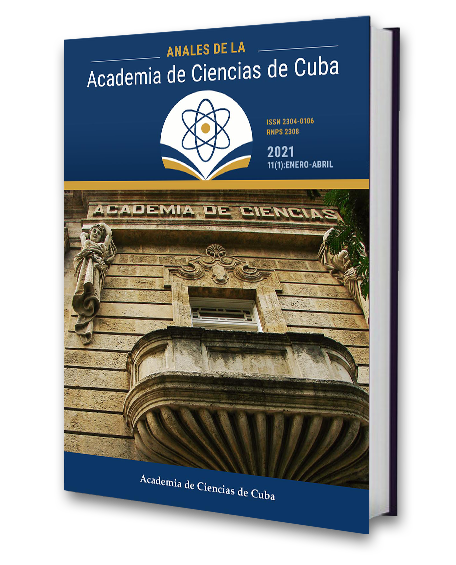Suicidal behavior in adolescence and its psychotherapeutic approach from clinical hypnosis
Keywords:
attempted suicide, hypnosis, adolescence, suicidal behaviorAbstract
Introduction: A quasi-experimental study was carried out with the aim of designing a psychotherapeutic protocol for suicidal behavior in adolescents from the César Fornet Fruto University Polyclinic Health Area in Banes.
Method: A non-probabilistic sampling was carried out determining 75 subjects for the sample in the experimental group and 80 in the control group. The Suicidal Behavior variable and associated alterations were operationalized using the Suicidal Ideation Scale, State-Trait Anxiety Inventory (IDARE) and State-Trait Depression Inventory (IDERE).
Results: From the intervention, the expression of suicidal ideation was suppressed. It was possible to reduce anxiety as a state-trait to a low level in 91 % and 97 % of the cases and depression in the same way in 93 % and 99 % of the cases. Self-esteem showed an increase to a high level (93 %). McNemar's values for calculated chi square (67,7-142,72) were statistically significant.
Conclusions: With the results obtained, it can be concluded that the protocol designed and applied in the experimental group guarantees the suppression of suicidal intention, increases the levels of self-esteem and decreases anxiety and depression as alterations associated with suicidal behavior in the sample studied.
Downloads
Downloads
Published
How to Cite
Issue
Section
License
The journal Anales de la Academia de Ciencias de Cuba protects copyright, and operates with a Creative Commons License 4.0 (Creative Commons Attribution-NonCommercial License 4.0). By publishing in it, authors allow themselves to copy, reproduce, distribute, publicly communicate their work and generate derivative works, as long as the original author is cited and acknowledged. They do not allow, however, the use of the original work for commercial or lucrative purposes.
The authors authorize the publication of their writings, retaining the authorship rights, and assigning and transferring to the magazine all the rights protected by the intellectual property laws that govern in Cuba, which imply editing to disseminate the work.
Authors may establish additional agreements for the non-exclusive distribution of the version of the work published in the journal (for example, placing it in an institutional repository or publishing it in a book), with recognition of having been first published in this journal.
To learn more, see https://creativecommons.org






